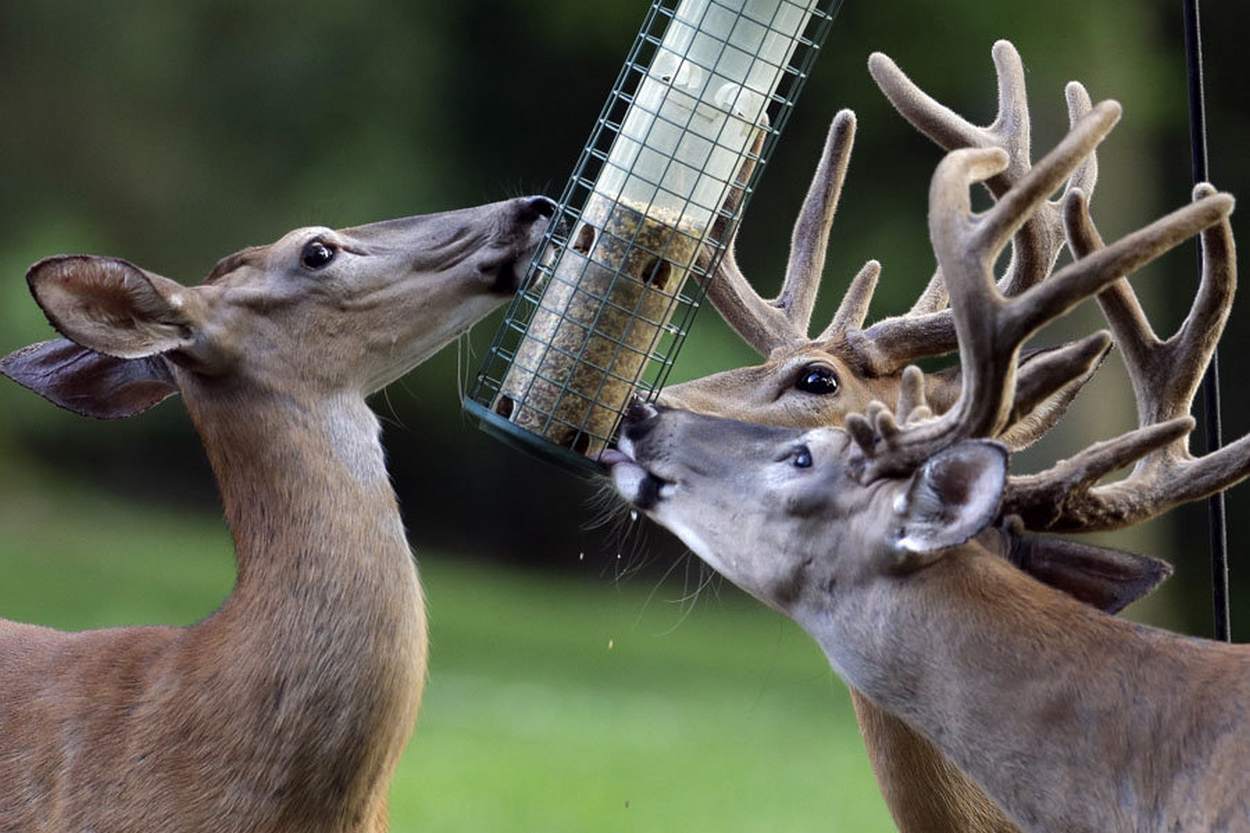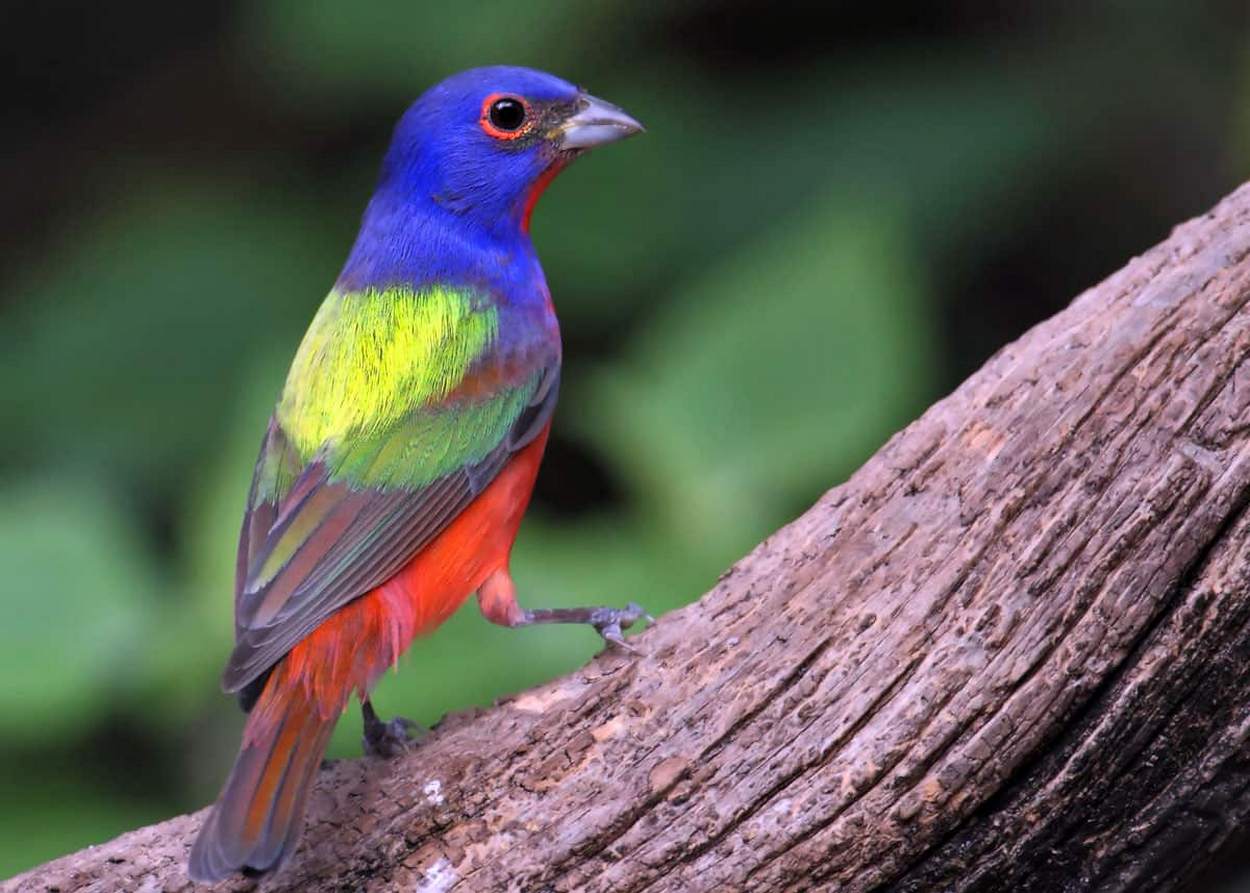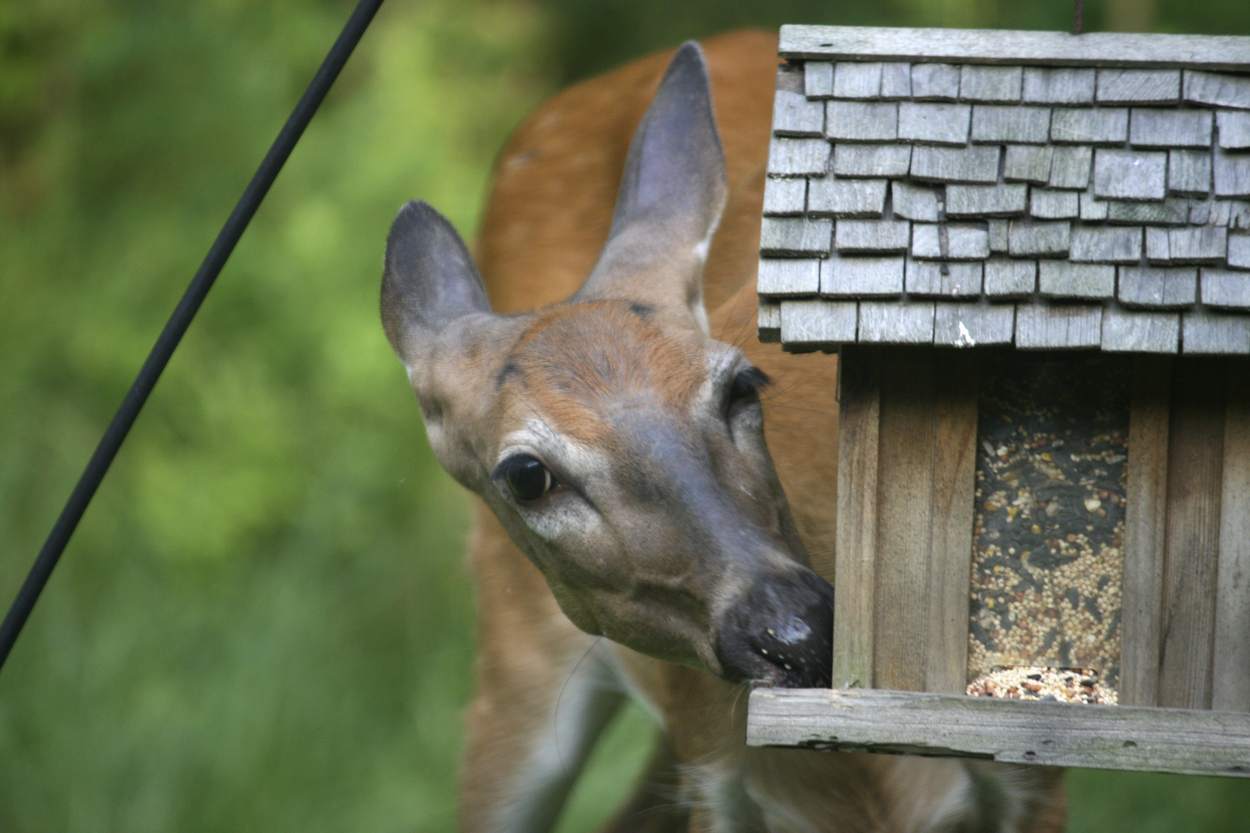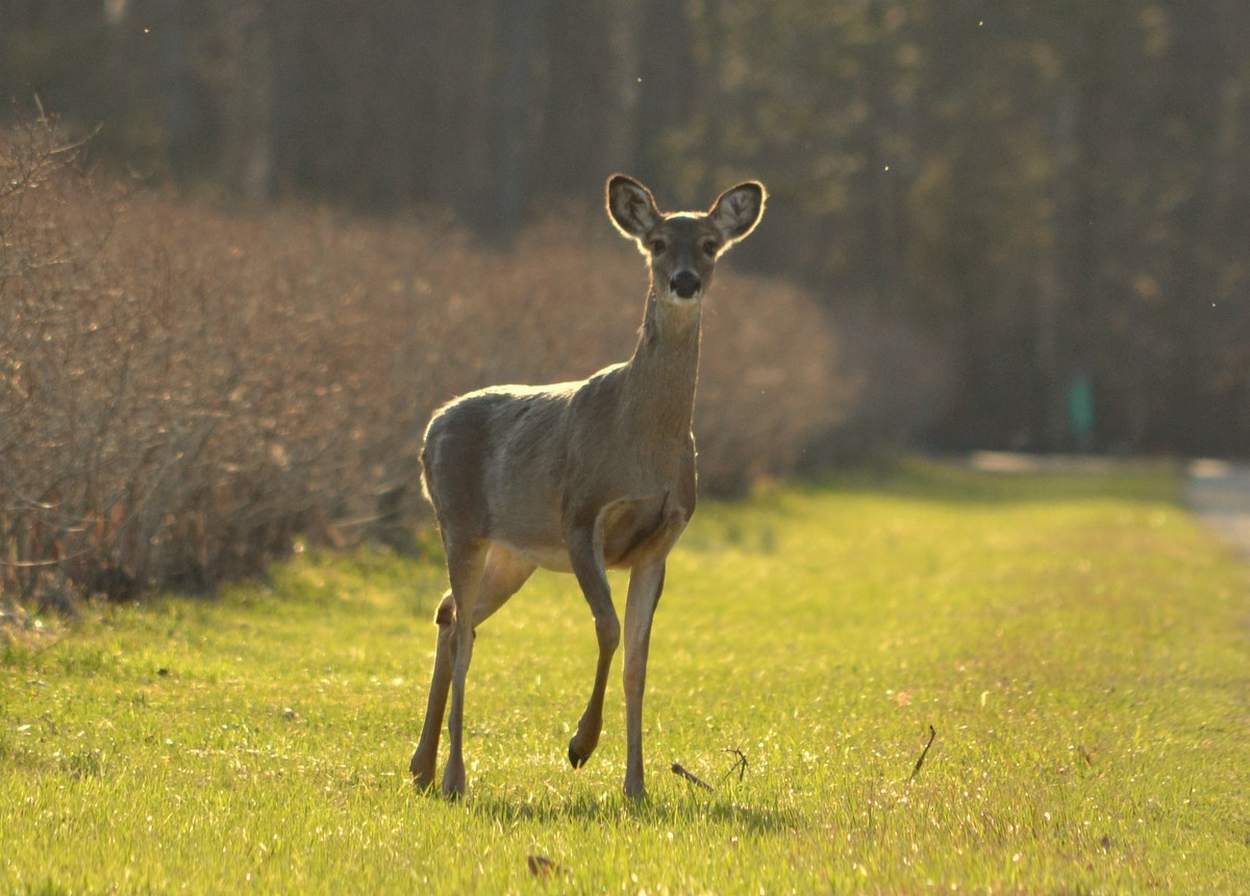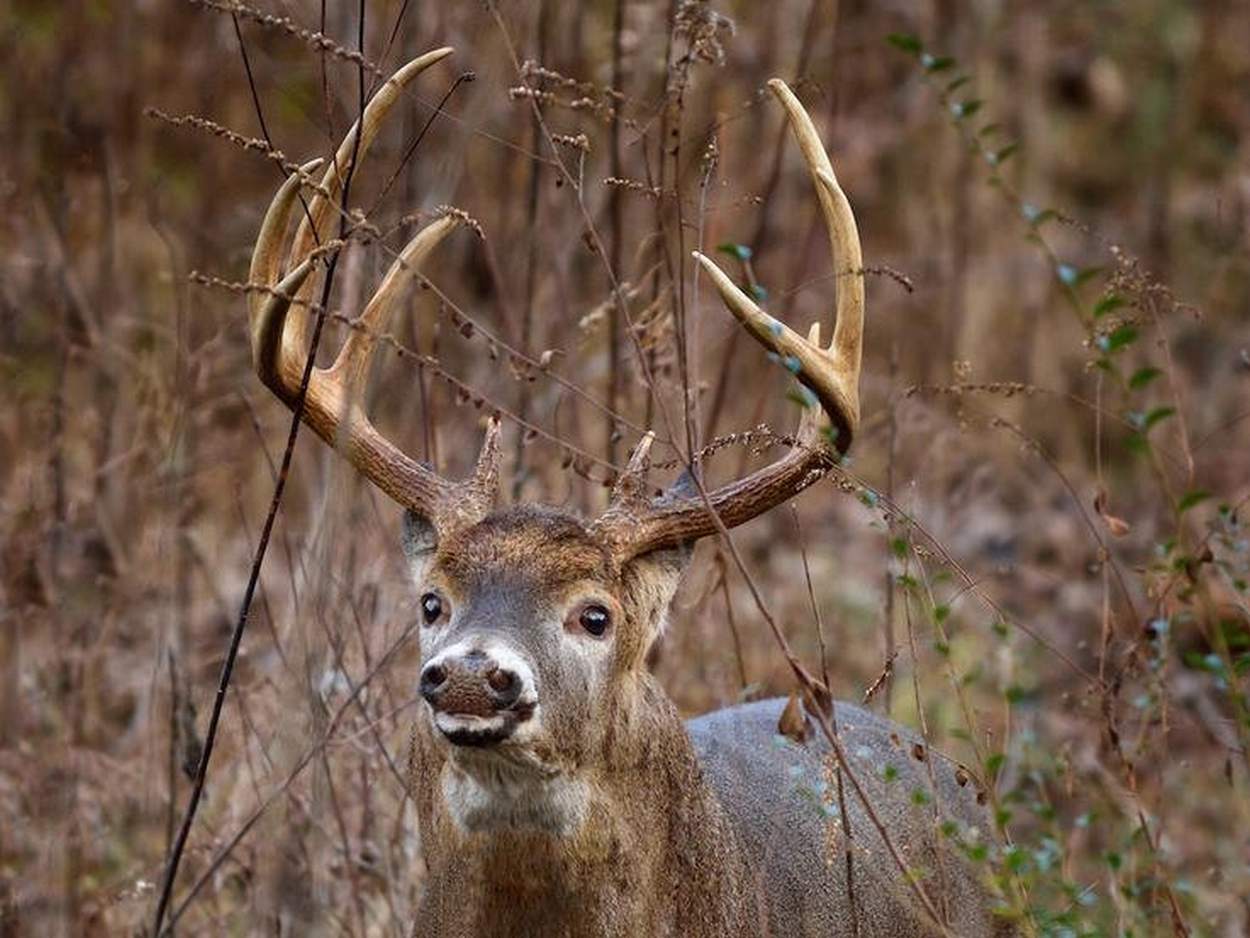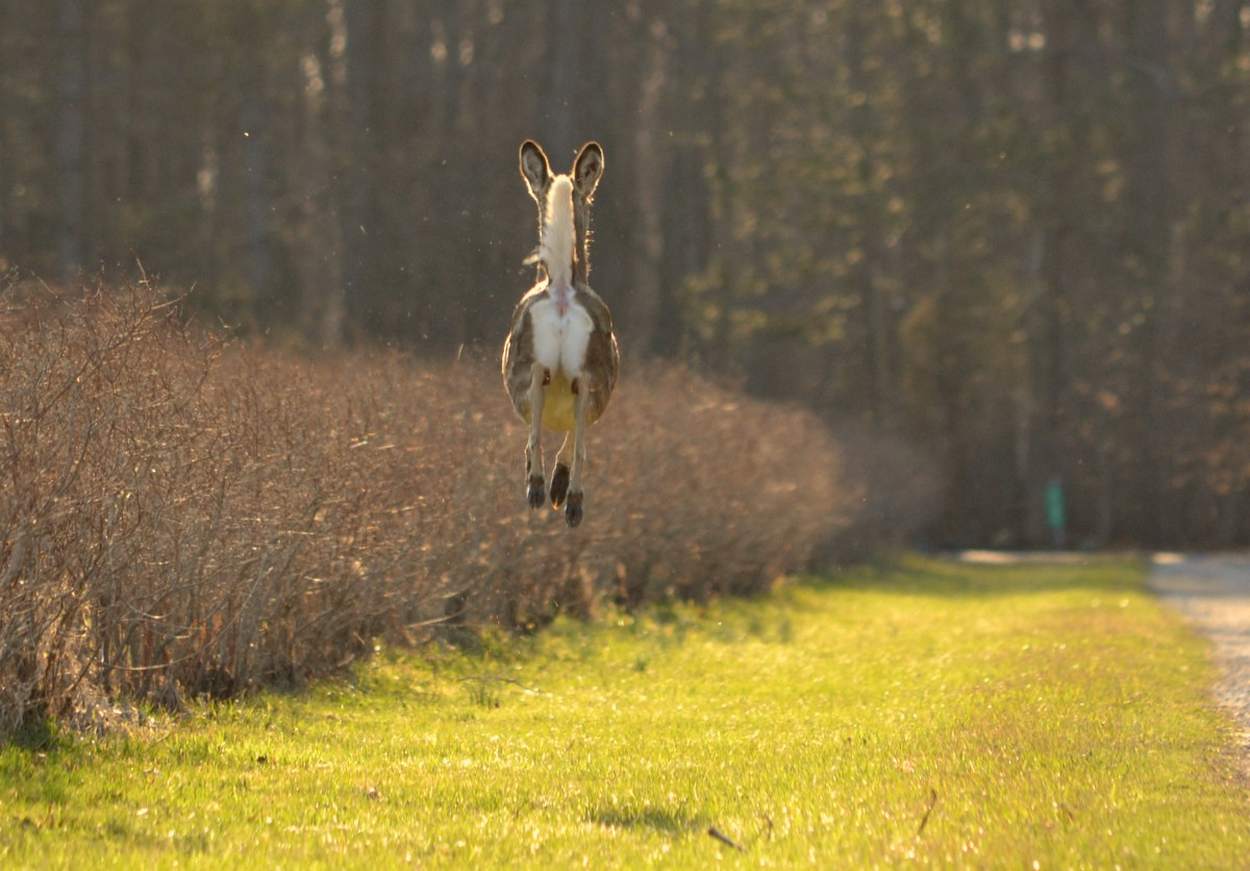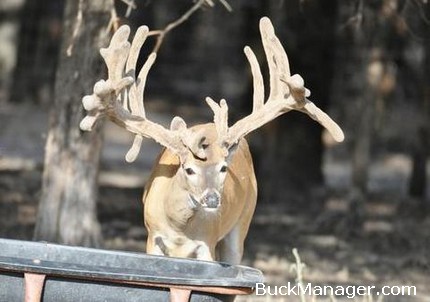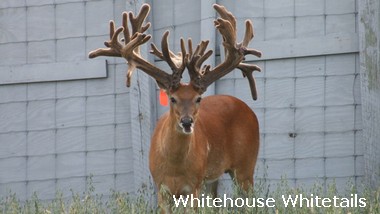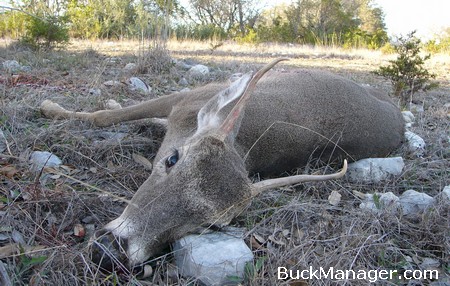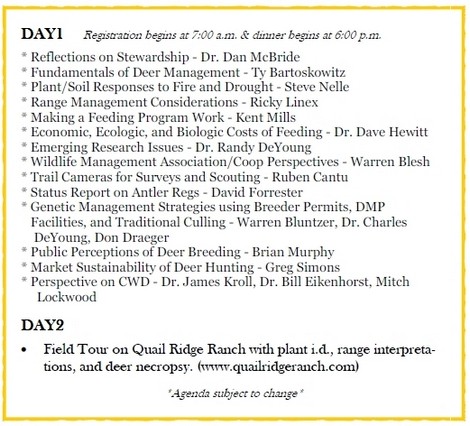There are many factors to consider when it comes to management of white-tailed bucks during the deer hunting season. Some of the more popular campfire discussions usually involve talking about antlers, which bucks to shoot or not shoot, and whether or not odd antler configurations on specific deer were caused by poor genetics or by an injury during antler development. Whether you are actively managing the white-tailed deer living on your own property or considering culling some select deer off your hunting lease, it pays to know a little bit about deer antlers and their growth before you pull the trigger.
For whatever reason, this year I have seen more bucks with asymmetrical antlers than ever before. Most of these deer have been bucks with a normal antler on one side and then an unbranched antler (spike) on the other. And I’m not just talking about 1 1/2 year old (yearling) bucks. Of course, some yearling bucks will have unbranched antlers (one side or both), but only very rarely do spike bucks actually remain spikes after their first set of antlers. The bucks I’m talking about are middle-aged deer; 3 and 4 year old bucks with lots of promise on one side and nothing but disappointment on the other.
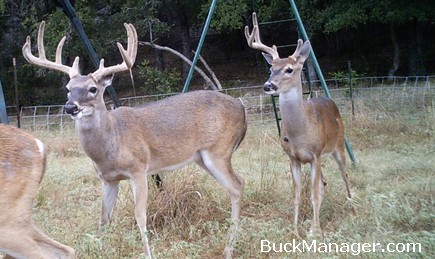
Broken Bones and Antler Development
The antlers found on the top of a buck’s head are true bone. These bones/antlers are grown every year and like other bones are comprised primarily of minerals. The minerals necessary for a buck’s antler growth are extracted from mineral reserves stored in other parts of the deer’s skeletal system. As a result, any broken bones can potentially disrupt the ability for the body to transfer those minerals from one part of the body to where they are needed, on top of the buck’s head.
Larger (long) bones are more important to antler development because of the amount (percent) of minerals they contribute to a buck’s antler growth. A deer’s leg bones are huge sources of minerals and the hind legs even more so than than the front legs. A fractured leg will often lead to deformed, non-typical antlers, and maybe even result in a buck with a spike on one side. However, a buck’s antlers will often normalize in subsequent years as the fracture heals and the minerals are more effectively mobilized.
Front leg fractures will effect antler development on the same side as the break, whereas hind leg fractures will impact antler growth on the opposite side. Again, an injury to the back legs will be more detrimental to a buck’s antlers in the near term, and depending on how well it heals, could impact antler growth for the remainder of the buck’s life.
Pedicle, Skull Injury and Spike on One Side
A pedicle is the location on top of a buck’s head from which the antlers grow. All normal bucks have two of them, one for each antler. When a buck sheds his antlers in the late winter or early spring the attachment point between the pedicle and the antler is where they detach. This is usually a clean separation, but sometimes it’s not. This “dirty” departure could be the result of either a pedicle injury or perhaps even a skull (cap) injury at some point in the past. Either injury could result from a self-inflicted mishap or from a brawl with another buck prior to or during the breeding season.
Regardless, these injuries may cause permanent antler damage (antler material remains attached to pedicle) for the duration of the buck’s life. So although not a genetic cull buck, a buck with an injured pedicle or injured skull cap may be sentenced to a future of disappointing antler growth, at least on one side if a shed does not drop cleanly.
Recent Antler Research and Deer Management
The social, economic and recreational importance of white-tailed deer hunting over the past few decades has substantially increased deer management programs across the US, particularly with regards to the harvest and management of bucks. The selective harvest of bucks comes in many different flavors with age-based restrictions and/or antler-based restrictions being the most common. Before removing a buck from the herd that has a deformed antler or that is a spike on one side, keep the points listed above in mind and check out what a recent antler research study concluded:
Source: Besides the underlying principle that spike on one side (SOOS) antlers are caused by physical injuries and not genetics, the take home messages of this research are three-fold.
- First, the underlying cause (skeletal versus pedicle/skull injury) of SOOS antlers determines whether or not a buck has a decent chance of developing normal antlers in the future.
- Second, yearling SOOS bucks stand a chance of developing normal antlers in the future and should be protected from harvest like normal yearlings.
- Lastly, adult bucks will probably continue to carry SOOS antler characteristics throughout their lifetime, making them a candidate for harvest if they meet the normal age-based harvest criteria, like any other buck.
Let’s be clear about one thing: Harvesting SOOS bucks does nothing to improve the genetic quality of a deer population. Hopefully, this research will hammer another nail in the coffin of the mythical “genetic cull buck.”
To the third point, I would not necessarily agree with letting a 2 or 3 year old buck that is a spike on one side remain on a property until he is 5 or 6 years old unless the buck has tremendous antler growth on his one good side. Awesome mass, super long main beams or 5+ points on one side would be indicative of a buck with good genetic potential for antler growth, especially since antler characteristics are highly heritable. You would want to leave this guy hanging around if there were a shortage of these types of animals on a property.
On the other hand, if the buck’s “good side” had only 3 to 4 points at 4+ years old then I would not recommend sitting around to take pictures of him, regardless of whether the spike on one side was the result of a dirty pedicle, skull cap injury or a fractured leg (even though he would recover from this in a couple of years). That said, every manager/landowner has different objectives and must consider the harvest of deer accordingly.
Deformed Antlers: Nutrition, Pathogens & Speculation
The number of 3 and 4 year old whitetail bucks that I observed this year with a deformed antler on one side could have just been by chance. Maybe I was just fortunate enough to bump into a number of deer that had a run of bad luck. The majority of these deer where seen from farm to market and county roads spanning hundreds of square miles during the antler growing season and were not concentrated in any particular area. However, I was also contacted by several hunters and managers, most with a single, similarly deformed-antlered buck on their property, so maybe there is something to it.
Nutrition is critically important with regards to antler growth in bucks, but I’m not sure the density of deer in a given area or food availability would be to blame for malformed antlers. Sure, maybe the drought of 2010-2011 caused bucks to grow thinner, weaker antlers and the effect was bucks with below average racks, but I would not expect that to lead to an increase in the incidence of the number of bucks with a spike antler on one side. Nutrition will impact antler size, but frailty, probably not.
A more probable theory would be an impact to antlers from parasites, maybe even from those transmitting a virus. Deer with inadequate nutrition often experience a buildup of parasite levels and tend to show significant signs of poor antler development. This would be likely during a drought, but dry, hot weather also cranks up the potential for EHD in whitetail deer (including bluetongue). EHD can kill off a number of whitetail, but typically less than 20% of a population in a given area. Some deer are completely resistant and others are believed to suffer some consequences, but manage to survive through it. The latter may be bucks that end up with deformed or spike on one side antlers.
EHD causes a whitetail’s head to swell. Deer that contract EHD will often stumble, fall, and will often run into things. This could definitely cause physical injury to the pedicle or skull cap. In addition, older bucks are more susceptible to EHD, which is spread by midges (also referred to as gnats or no-see-ums), because of the quantity of blood-rich velvet. These vascular structures may sustain bites from midges either while growing normally or from a wound during antler development. Could virus-induced trauma lead to enough physical injury to cause subsequent antler growth or could that type of injury only be sustained from running into something or fighting other bucks?
It would seem plausible that the EHD virus could be directly injected into the antler by an insect while it is growing and this, possibly, may impact the pedicle. This could contribute to a dirty shed by directly or indirectly weakening the pedicle. The only way hunters can link EHD to harvested bucks of this type would be to identify other symptoms of the virus, namely badly cracked or peeling hooves.
Deer Management Using Antlers
In closing, an odd-antlered buck should be evaluated on a case-by-case basis considering both the objectives and goals of the deer management program for a property. A buck that is 2 1/2+ years of age that develops a seriously malformed or spike antler on just one side has most likely suffered physical injury to the pedicle and/or skull cap and is unlikely to recover. Bucks that have fractured bones can also develop an odd antler or spike on one side as well, but will typically “grow out of it” within a couple of years.
I also suspect that drought-related pathogens may contribute to the prevalence of bucks that are spikes on one side, but this has yet to be determined. In all cases of abnormal antlers, careful monitoring of bucks is necessary to diagnose the cause and determine the proper course of management. Please send photos if you shoot an odd-antlered buck and have evidence that suggest it survived a bout with EHD.

